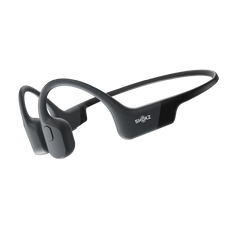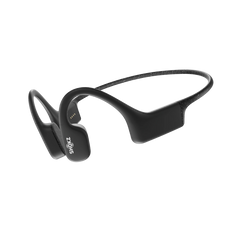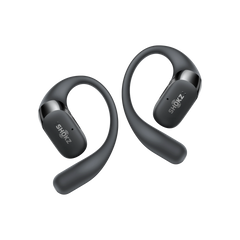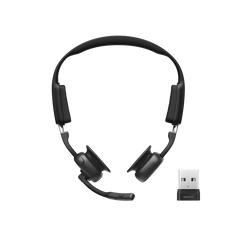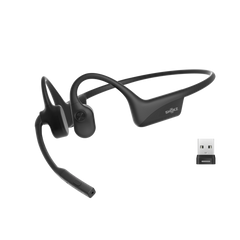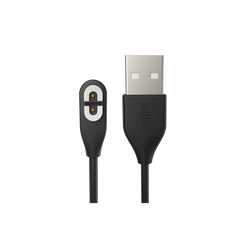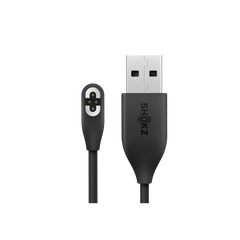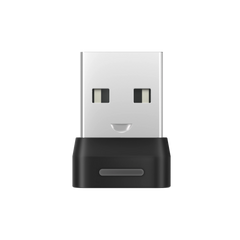Water is an essential part of our lives, but it’s even more important when it comes to longer outdoor adventures and workouts. When it comes to hiking, that’s a combination of both worlds, meaning that water is even more important than it would be otherwise.
Nonetheless, it might be a little hard to determine just how much water hiking requires. You likely bring a lot with you when it comes to hiking in general, so if you’re in need of bringing quite a lot of water with you on a trail, things can be difficult.

The Importance of Carrying Water for Hiking
Still, carrying water is incredibly important when hiking. The average human is made up of more than 60% water, meaning that you’re able to burn a lot, quickly, and a lot of water loss could mean quite a few issues for you.
While hiking, you’ll burn calories, sweat out toxins, and burn through any water within your system quite quickly. Although you might be immediately more worried about the dehydration or the need to drink, the real worry comes in the fact that you might lose the ability to:
- Regulate your body temperature
- Push nutrients throughout your body
- Help your organs function
- Prevent infections
- Stop cramps
- And more.
As such, it’s very important to make sure that you have enough water with you on a hike to ensure that your body and your brain are working to their maximum capacity. That’s especially true since you’re dealing with a very intense action like hiking.

How to Calculate How Much Water to Bring on a Hike
If you’re curious as to how much water for hiking, it’s generally recommended to bring about 1 liter of water for two hours of hiking, or roughly 2 cups of water per hour of hiking. For children, it’s either half-a-liter for two hours or a cup per hour.
Again, depending on your weight, height, sweating tendency, and general hydration, you might need more or less. If you weigh more, then you’ll need more to keep up with the amount that’s already in your body. If you weight less than the average adult, you might need less water.
Either way, it’s important to have at least a half-liter per hour of hiking, although hotter temperatures and steeper hikes mean more water, and so forth. If you have access to water, then bring a medium amount. If you don’t, bring more. If it’s cool, same thing; you’ll need less depending on the odds of you sweating more and losing more water.

How to Carry Water for Hiking
After they’ve decided how much water to bring on a hike, most hikers take one of two ways to carry water: either a hydration pack or a large bottle. Hydration packs are the easiest to bring, with nothing more than a reusable bladder filled with water, attached to a straw, ready for use and to carry other supplies.
Water bottles are a little easier and much cheaper to ready, but they usually have less capacity and might be hard to keep with you at all times. How to carry water hiking, depends on what all you’re planning on bringing and the conditions of the area, the best one changes – generally, the more water needed or if you’re not carrying much, then a hydration pack is better. If you just need a bottle, then obviously go with the bottle.


